Long Life Social Media: an event to celebrate 10 years of training marketing professionals

It has now been 10 years since La Salle-URL first offered its Master in Social Media Branding & Strategy, which evolved as a progression from our Postgraduate in Brand Community Management, a leading course in Spain and Europe that aimed to meet the training needs of communication professionals and help them adapt to new technologies and platforms. At the time, platforms such as Marketing News were already predicting that in short time, many, if not all, companies would have a community manager on staff. In 2019, we can clearly say this prediction has come true, and social networks have become one of the basic tools in any marketing strategy.

To celebrate the last ten years of training professionals and experts in social media, La Salle-URL has decided to hold a special event to reflect on the sector and the new trends we can expect in the coming years.
We were proud to host some spectacular guests to go over the past, present and future trends in social media

The event kicked off with a talk by Maria Pilar Torné, head of the Marketing and Admissions Department of La Salle-URL, welcoming all attendees. Next, David Andrés, CEO and co-founder of Sharge, talked about new leadership in the modern era, social networking and digitalisation, in a time where technologies such as Blockchain will drive the collaborative economy. David told us all about his background and experience as the creator of Sharge, an Audi Creativity Challenge award-winning start-up that empowers people to share electric batteries for their vehicles using blockchain technology. This technology, he explained, is already altering the way some professionals work, such as politicians and lawyers.
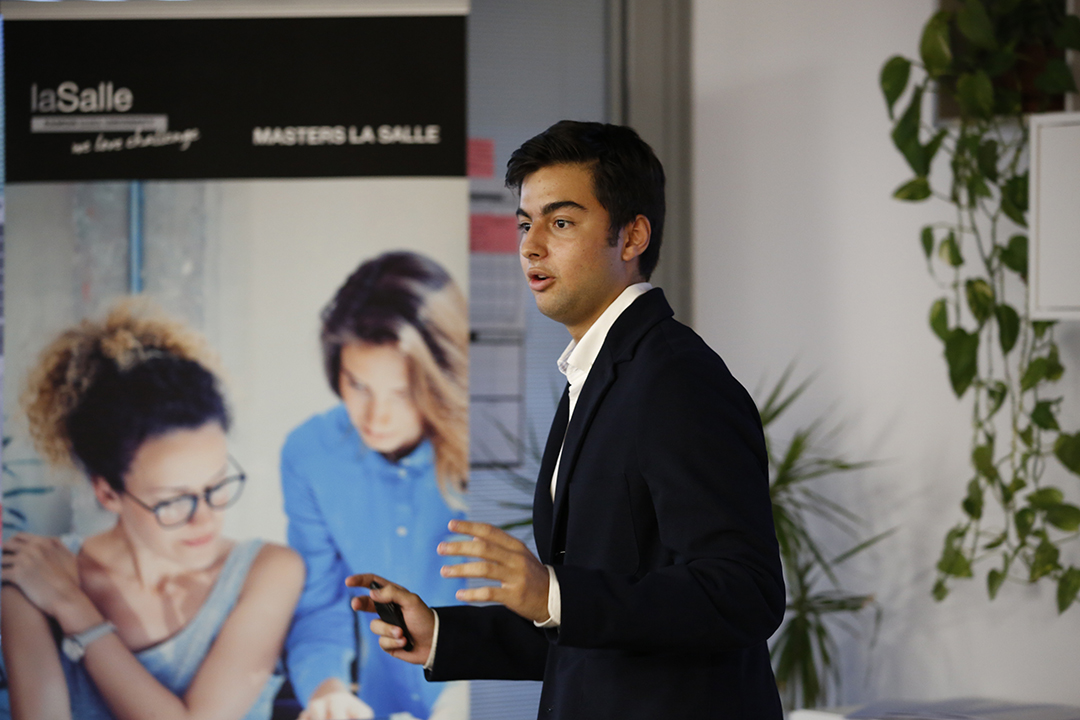
Cristina de Blasio, Advertising Manager VW Group, highlighted the need to start thinking beyond conventional advertising if we want to prevent our business structure from becoming obsolete. Our customers are abandoning traditional consumption, so it is important that brands reinforce their presence in these channels. That is how Audi started on Youtube. The brand created an internal channel (TodoAudi) in order to be able to view all the ads and videos they used in their advertising campaigns and realized that they received thousands and thousands of visits daily.
De Blasio put a controversial question to the audience: Social Media, yes or no? We have reached a point where the number of followers is not as important as the quality and what you bring as a brand to the customer. Audi understands its customers as “always on”, always connected to their mobile device and sharing everything they do, and this type of customer needs relevant content that generates conversation and branded content.
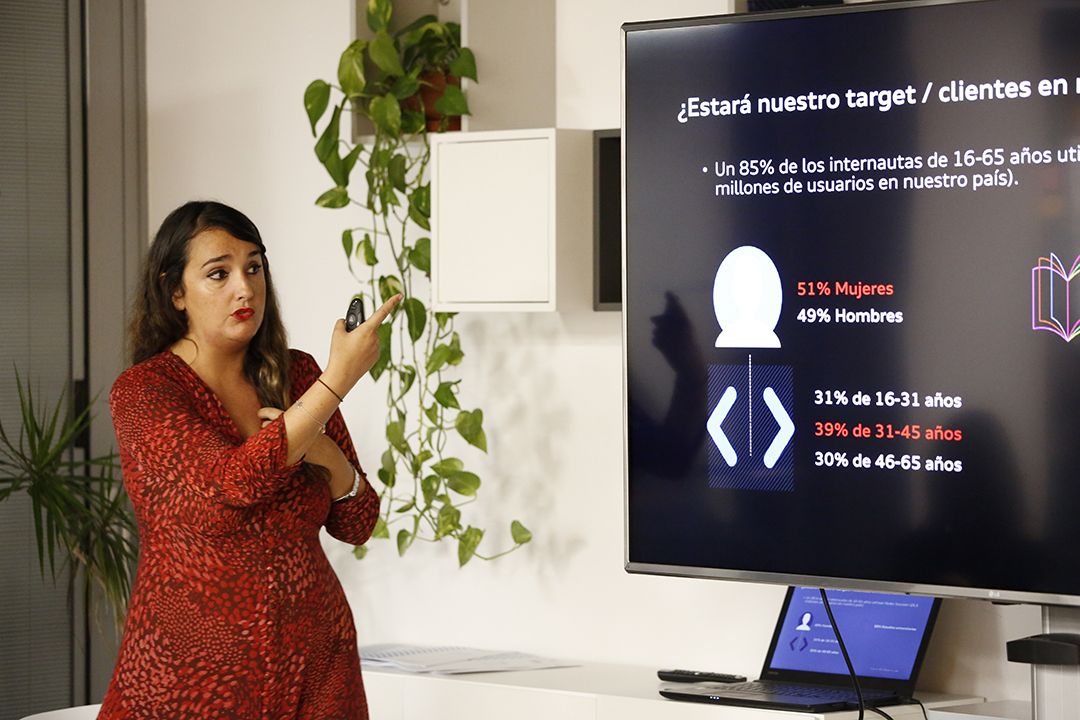
For Dr Gemma Vallet, alma mater and director of the Master's in Digital Social Media Branding & Digital Strategy, y Xavier Colomés, Marketing Strategist & Digital Veteran, social networks have reached maturity, although this doesn't mean we should necessarily be on all of these channels. It is important to know which of them is right for each individual business and this means learning about the penetration, consumption and age range of users. The most popular social networks include WhatsApp, Facebook, Youtube, Instagram, Twitter and Linkedin, alongside Pinterest, a surprise contender which has shown it knows how to reinvent itself and focus on a niche target.
Although Facebook still tops the list, all indicators suggest that the days of Mark Zuckerberg's reign could be numbered, with new generations consuming content in a totally different way (for example, the eSports boom with streaming platforms such as Twitch). Additionally, Google's entry into the market has completely changed traditional advertising. Through social networks and search engines, we can find out an audience’s tastes so campaign options are multiplied, with increasingly defined quality data.

Many brands are investing in technologies such as virtual reality and augmented reality in their marketing strategies. This will only increase if we take into account the trends that the future has in store: use of facial recognition, autonomous cars, wearables, and many more. The Internet and social networks are driving us towards a collaborative economy, in which influencers and e-commerce will play a fundamental role. 68% of users claim to follow influencers on social networks, with Facebook (45%) and Instagram (40%) being the most popular networks, followed by Youtube (33%) and Twitter (23%) according to IAB.
In terms of influencers, 47% of those surveyed said they affected the products or services they purchase, and 55% said they have looked for information about products/services on Social Networks before making a purchase, and this was especially true for women and those under the age of 45. Additionally, 41% actively take part on networks to give their opinion on purchases made through the Internet.
New trends in Social Media according to our experts
Short video social networks: TikTok and Lasso
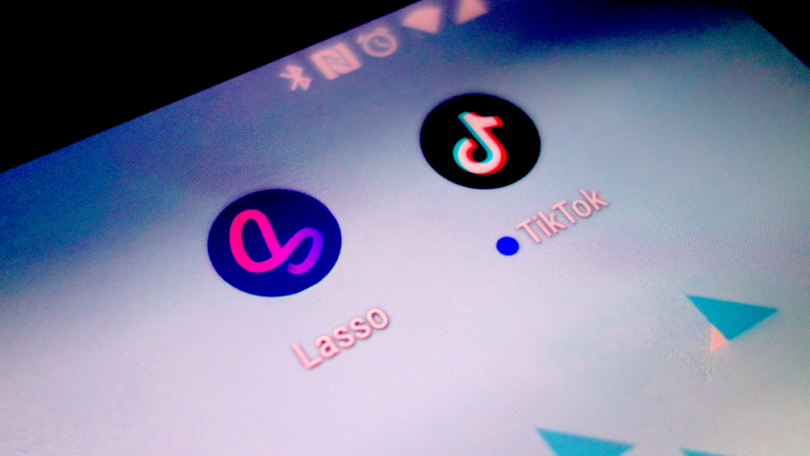
Image source: Pcmag
Since 2018, TikTok has brought together more than 500 million active users a month and a total of 800 million downloads worldwide, more than platforms such as Facebook and Instagram. It allows users to shoot short videos that are repeated in a loop, just like Vine, but with the added bonus of fun special effects, AR filters, text and music layers. It has become the main platform for sharing themed "challenges", where users carry out a challenge and upload it with the corresponding hashtag. Users under 30 have become the main consumers of this platform.
Lasso is Facebook's response to TikTok, a social network that allows you to record videos up to 15 seconds long with filters and overlays, although it does not include augmented reality effects, and it also allows you to interact through hashtags and a page of thematic collections.
Rich videochats: Houseparty
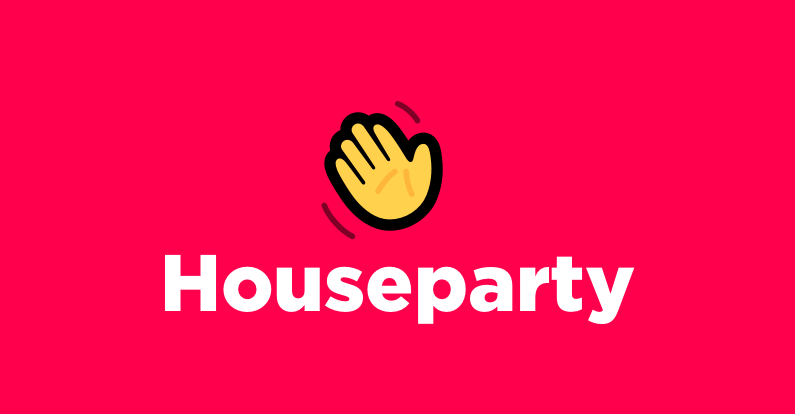
Image source: Houseparty
Houseparty is a group video application that enables video chats with up to eight users at a time. To make the experience even more interesting, users can use filters, stickers and other effects while taking part in the conversation and even play games. Although the app started three years ago and has undergone many changes, in 2018 it finally reached 20 million users.
Caffeine: a Twitch competitor hoping to win over gamers
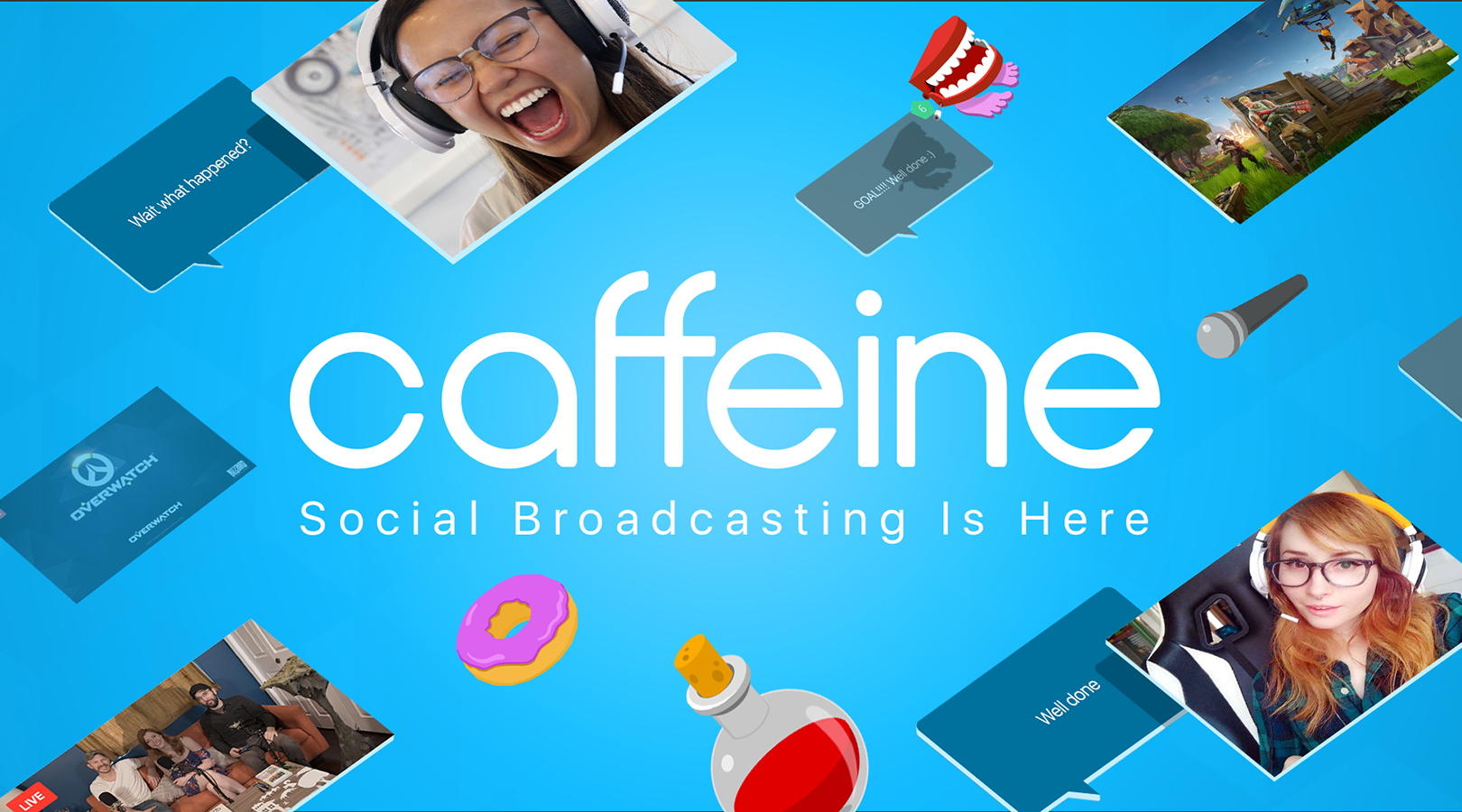
Image source: Caffeine
Caffeine was born as a competitor for Twitch, the highly successful social network dominated by live broadcasts of videogames, and it offers a platform that allows broadcasts for friends and followers, with Facecam and Gameplay options, in a feed where users can react with comments and emojis. Caffeine has also launched a monetisation program that rewards the most active broadcasters. Although there is still no real data available at the moment, reports seem to suggest the platform has attracted investment of up to 140 million dollars, with 21st Century Fox as the main shareholder. This company has also launched the Caffeine Studios initiative, which will support Fox Sports with events and live programming in areas such as eGames, video games and sports.
Steemit, the platform that rewards users with crypto coins
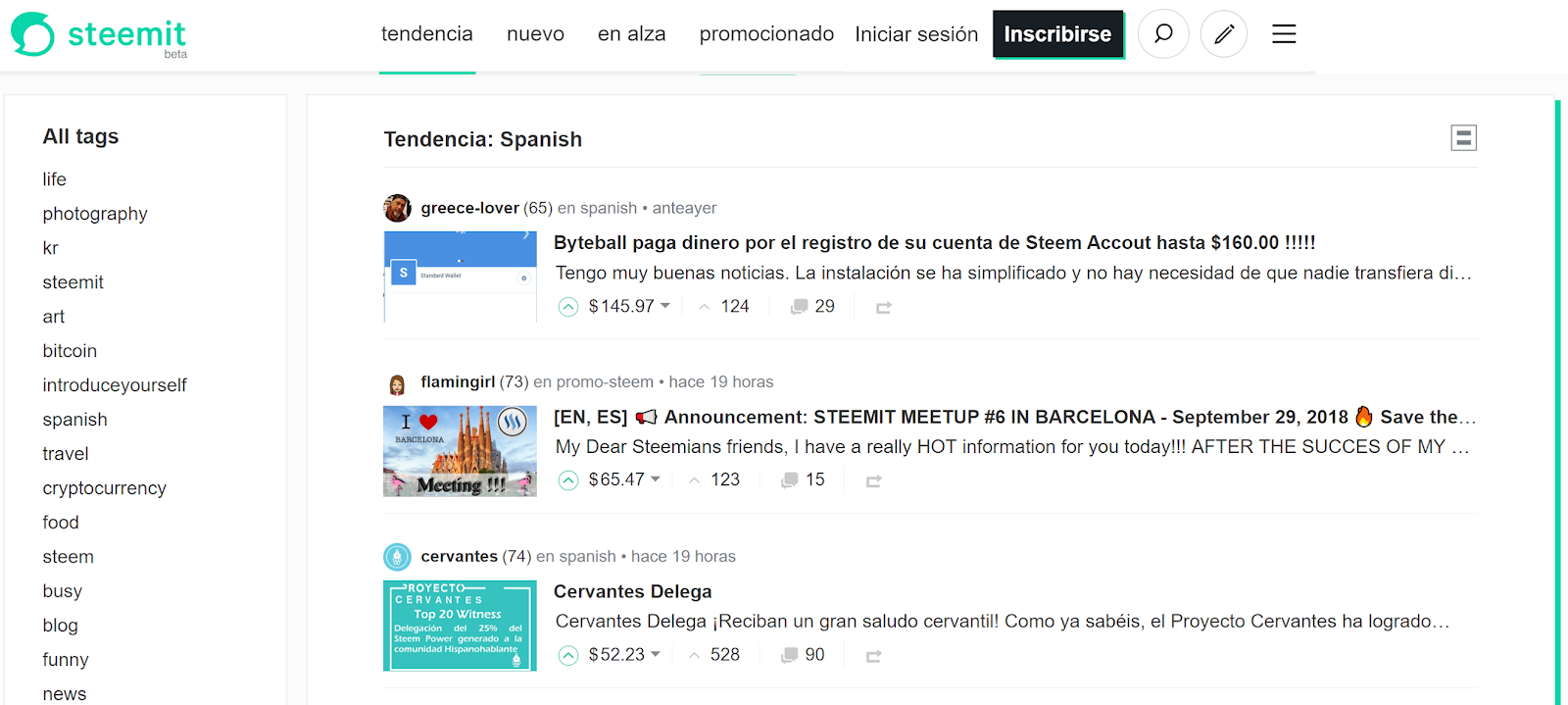
Image source: Crea y aprende con Laura
The Steemit platform is very similar to Reddit but it doesn’t just reward the most active users by placing them at the top of the feeds, but it offers them a crypto coin called steem. Otherwise, it works in basically the same way as Reddit: users can interact with content by voting, leaving comments and sharing. It currently has one million users, more than 50,000 active daily, so it’s a discreet network, but one whose niche features have already caught the attention of experts in the sector, who see promise, especially for its business potential for companies selling products and services with crypto currencies.
Old platforms with new tricks: Pinterest, Snapchat and Twitter
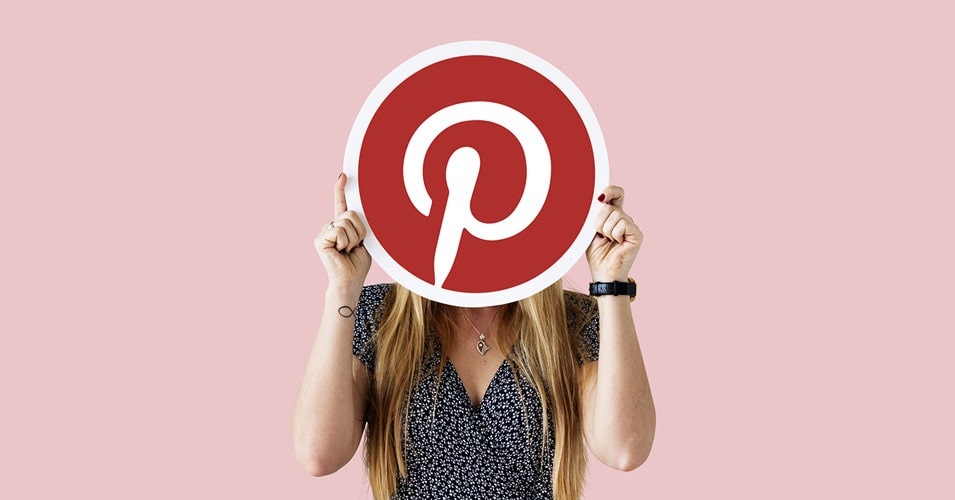
Image source: Anxela ART
Seemingly against all odds, Pinterest has announced it has topped 300 million users a month, 30% more than the same period last year. Sales have also increased rapidly, thanks in part to growth in the base of advertisers: they now top $261 million, 62% more than the previous year.
Similarly, Snapchat, after a period of mediocre growth, has achieved 13 million daily users in three months and for the first time exceeded 200 million daily users. It increased its quarterly revenues by almost 50%, well above expert forecasts.
Twitter continues to increase its daily user audience. About a month ago, the company reported it had reached 139 million daily users, compared to 134 million in the previous quarter.